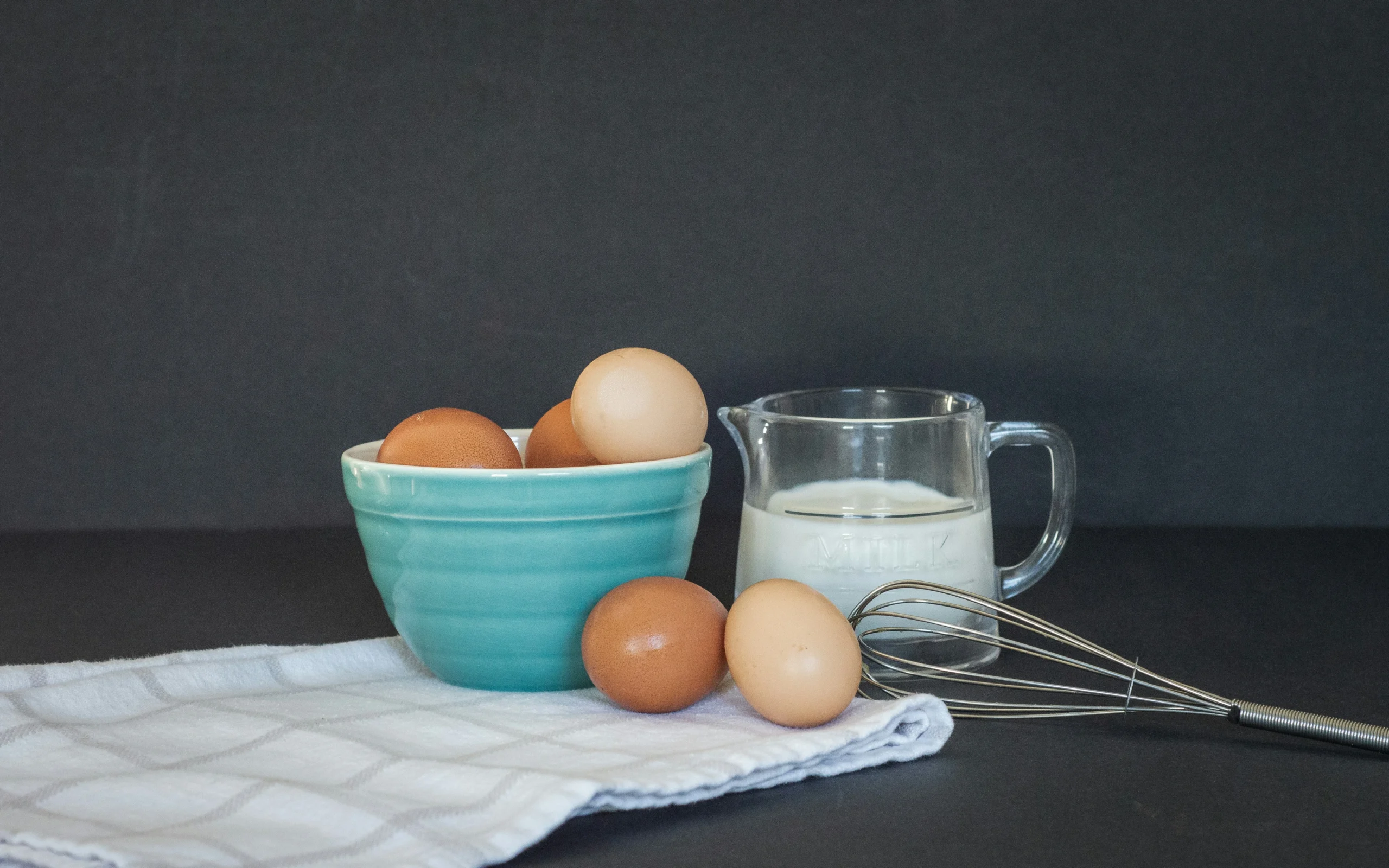Achieving the perfect boiled egg is all about getting that ideal balance: whites that are set and tender without being tough, and yolks that range from creamy and golden to fully cooked depending on your preference. I’ll walk you through a reliable method that works every time, plus share some alternative techniques for cooking eggs in their shells using different appliances.
Choosing the Right Eggs
Here’s something that might surprise you: while farm-fresh eggs are fantastic for scrambling or frying, eggs that have been sitting in your refrigerator for a week or two are actually your best choice for hard-boiled eggs. Older eggs peel much more easily than very fresh ones, saving you frustration when it comes time to remove those shells.
The Cold Water Method: Your Path to Perfect Eggs
This technique starts with cold water rather than boiling, and there’s a good reason for this approach. Starting cold helps prevent overcooking, which means you’ll never have to deal with those disappointing rubbery whites or unsightly gray-green rings around the yolks.
Step-by-Step Instructions
Step 1: Set Up Your Eggs Place your eggs directly into a saucepan or pot, then cover them completely with cold water. Always add the eggs first, then the water – this prevents cracking that can happen when eggs hit the bottom of the pan.
Step 2: Bring to a Boil and Remove from Heat Set the pan over high heat and bring the water to a vigorous, rolling boil. The moment you see those big bubbles forming, remove the pan from heat and cover it with a lid. This is the key to avoiding overcooking.
Step 3: Time Your Eggs Let the eggs sit in the hot water for the following times based on your desired doneness:
- 2-4 minutes: Soft throughout (both whites and yolks remain runny)
- 6-8 minutes: Soft but set yolks with firm whites
- 10-15 minutes: Completely set yolks and whites
Keep in mind that smaller eggs need less time, while extra-large or jumbo eggs require additional cooking time.
Step 4: Ice Bath Treatment Immediately drain the eggs and transfer them to a bowl filled with ice water. This rapid cooling stops the cooking process and prevents that green ring from forming around the yolk. If you plan to peel the eggs, give them a gentle crack before placing them in the ice water and let them sit for about an hour for easiest peeling.
Alternative Cooking Methods
Oven Method for Large Batches
When you need to cook many eggs at once or your stovetop is busy, try the oven method. Place eggs in a muffin tin to prevent rolling, then bake at 325°F for about 30 minutes. This technique requires no water and works great for meal prep.
Pressure Cooker Magic for Fresh Eggs
If you have access to very fresh eggs, a pressure cooker or Instant Pot is your secret weapon. Fresh eggs are notoriously difficult to peel, but pressure cooking makes them manageable. While it doesn’t save time, it transforms fresh eggs into easily peelable ones.
Creative Ways to Enjoy Your Perfect Eggs
Once you’ve mastered the technique, there are countless ways to enjoy your perfectly cooked eggs:
- Classic egg salad for sandwiches
- Elegant deviled eggs for entertaining
- Sliced into soups for added protein
- Chopped over salads for substance
- Blended into creamy salad dressings
- Paired with roasted potatoes
- Pickled for a tangy snack
Storage Tips for Maximum Freshness
Store your hard-boiled eggs in the refrigerator for up to one week. Keep them in their shells until you’re ready to eat them, as the shell helps prevent the cooked whites from absorbing refrigerator odors.
If you’ve already peeled your eggs, store them in an airtight container with a damp paper towel, refreshing the towel daily. This keeps them moist and fresh.
Troubleshooting Common Problems
Green ring around yolk: This happens from overcooking. The ice bath step is crucial for prevention.
Difficult peeling: Use older eggs and crack them gently before the ice bath.
Cracked eggs during cooking: Start with room temperature eggs or add them more gently to the water.
With these techniques and timing guidelines, you’ll be able to create consistently perfect boiled eggs that match your exact preferences every single time.
